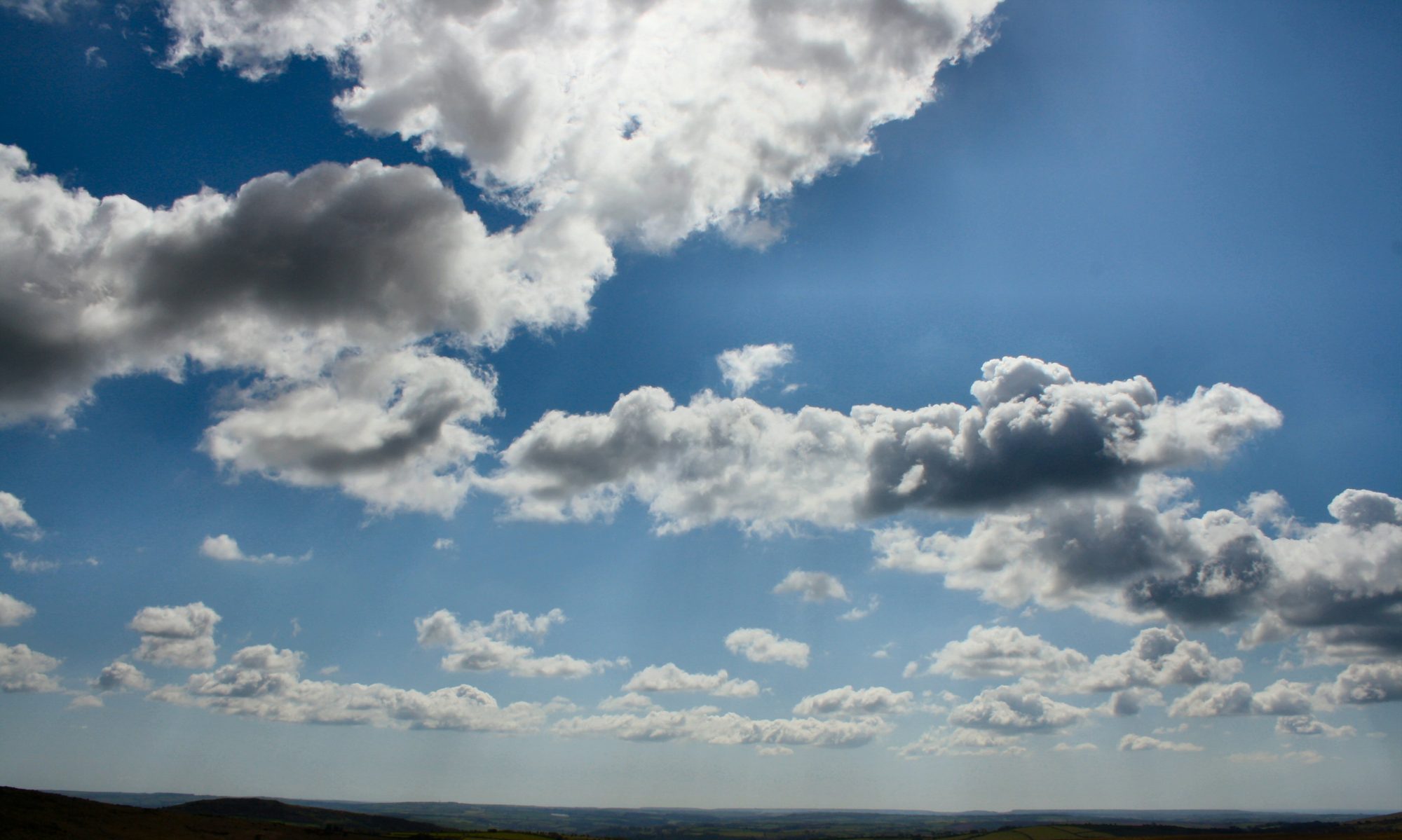The history of Bridford can easily be traced back to Domesday in 1086. In this timeline of Bridford history some of the more significant events between then and now are listed.
1086
In 1086 Bridford was listed in the Domesday Book with 59 households of which 33 were considered villagers, 15 smallholders, 10 slaves and 1 other household. A smallholder would… In the Domesday only the heads of the household were counted so it’s not easy to say what the population of Bridford would have been. By Domesday standards Bridford was considered having a large population.
The land for the area around Bridford was split between two lords – Baldwin the Sheriff and Juhel de Totnes and comprised 26 plough lands, 1.25 lord’s lands, 26 acres of meadow, 100 acres of pasture and 24 acres plus 1 league x 1 furlong of woodland. The definition of plough lands is debated but commonly considered the amount of land that could be ploughed by a team in a year. In Bridford there were 5 Lord’s plough team and 16 men’s plough teams. A plough team comprised 8 oxen and the men to work it, who were either worked for the Lord or for themselves. On this land were kept 14 cattle, 1 cob, 180 sheep and 38 goats. [Source – http://domesdaymap.co.uk/place/SX8186/bridford/]
c.1230
In the reign of Henry III the Lord of the Manor had passed to the Valletort family, and then through marriage passed to the Okeston and Champernowne families.
1259
In November 1259 the Church in Bridford (St Thomas a Beckett) was dedicated by Bishop Bronescomb, Bishop of Exeter.
1347-1348
The Buponic Plague (“Black Death”) reduced the population of Devon by as much as two-thirds. One consequence of this was many farmers on the moors were able to move away from the harsher climate into the lower lands. [Source: http://www.dartmoor-npa.gov.uk/learningabout/lab-printableresources/lab-factsheetshome/lab-farming_history].
c. 1530
The fine rood screen that stands in Bridford Church was most probably erected in the early part of the reign of Henry VIII, when Walter Southcote was vicar. His initials are traced on the screen and carvings of a double rose and pomegranate as devices of the reigning consort and his consort (Katherine of Arragon) can be seen on the screen.
1538
Bridford Chuch parish starts the recording of baptisms and burials.
1549
The parish register includes references to the insurrection in Devon and Cornwall. The prayer book rebellion was a popular revolt that came about when the Book of Common Prayer introduced the theology of the English Reformation. In Devon, Exeter was besieged by upwards of 2,000 people and in Cornwall some of the gentry sought refuge on St Michaels Mount. More details from Wikipedia.
1589
The parish register starts recording marriages.
c.1620
In the early part of the seventeenth century Sir Richard Champernowne sold the title to the manor to Sir Simon Leach and then through later periods it was successively in the Hill and Taylor families.
1706
Edward Hall left the yearly sums of 10s for a sermon, 3s for the poor and 3s 4d to buy hassocks for the church.
c.1790
Sir Robert Palk became lord of the manor.
1801
Population 444.
1831
Population 529.
1834
Mining exploration began in Bridford with a search for manganese (on South Birch to the west of Neadon Lane) and lead on both sides of Pound Lane in areas now known as Venn Farm, Stone and Southwood.
1849
Commercial mining operation began at the Wheal Ann Copper, Tin & Silver-Lead Mining company at Stone. The Bridford Wheal Augusta company then went on to become Bridford Consols.
1850
White’s Devonshire Directory stated the population of Bridford as 560 souls with 4090 acres of fertile land, and two corn mills. The Lord of the Manor was Sir L.V. Palk although some of soil belonged to the Northcote and other families.
1851
Mining continued to increase the population to 609 people.
1853
Mining commenced at Birch Aller, beneath a ridge west of Venn.
1855
Shafts at the Bridford Consols mine had been driven to over 200ft and used a steam engine to drain them.
1863
The Act of Parliament to incorporate the Teign Valley Railway Company received Royal Assent.
1875
The old Bridford Consols mine was reopened by the Teign Valley Mining Co and began to mine barites. Operations continued until 1958 and over 400,000 tons were extracted, with most of it being moved by rail.
1876
In August Bridford formed a school board.
1878
The school was built in Bridford at a cost of £500 and accommodated 85 children.
1881
In the 1881 census Bridford comprised 436 inhabitants.
1883
The Teign Valley Railway extended it’s working to a siding near the Teign House. The route to Exeter was 32 miles as you had to go via Newton Abbot.
1883
Bridford Church was reseated.
1886
A new organ was installed in the church at a cost of £350, funded by the patron E. Gotto, Esq. His son, Rev. Edward Robert Gotto was the incumbent.
1890
Tithes for Bridford are commuted at £380 per year and there are 233 acres of glebe and a rectory house. Post in 1890 was sent via Exeter with letters being despatched at 5:35pm.
1901
Population of Bridford 404 people.
1903
The railway took a shortcut to Exeter with the opening of a direct route via Longdown to Alphington.
1904
Bridford Quarry opens, also known as Paddy Dixons
1914
Scatter Rock quarry opens with an aerial ropeway from the quarry to Christow station.
1931
Population 455.
1948
The village school closed on December 16th and the 12 children attending transferred to Christow school. [Source: http://www.bbc.co.uk/history/domesday/dblock/GB-280000-84000/page/3]
1958
Passenger train services stopped on the Teign Valley line. The BBC Archives have a film online.
1967
Teign Valley Line closed.
